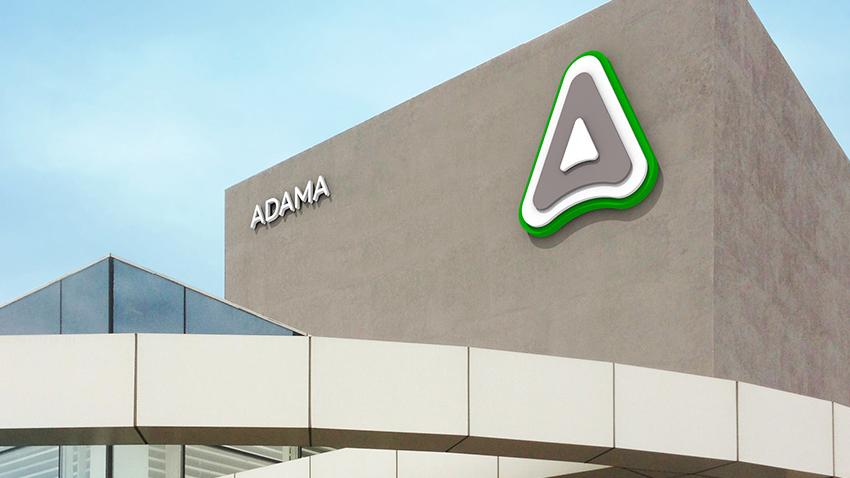Fertilizer Demand Falls Amid Recession
Fertilizers have probably been the most unpredictable part of the crop input equation during the past year. The worst global economy since The Great Depression has created unstable prices for raw materials and crops and fueled uncertainty for farmers. Inflated commodity prices drove rates for nitrogen and phosphorous to unprecedented highs last year. And although prices have ebbed a bit, they are still high enough to keep farmers on their heels and inventories high around the world.
The result is an estimated 5% drop in demand, according to a new report by the International Fertilizer Industry Association (IFA). Demand in the 2008/09 growing year is expected to fall to 159.6 million tonnes of nutrients compared to more than 168 million tonnes the prior year.
Nitrogen is expected to be least affected with a 1.6% decline. Demand for phosphorous is expected to fall 7%, with potassium forecast at 14% lower than last year. The greatest declines in volume are the North American, Latin American, and Western and Central European markets.
But demand has been strong in some markets, specifically South Asia, Central Asia and Eastern Europe. Asian agriculture continues to flourish as emerging middle classes in China and India continue to drive demand for high-quality vegetables, which require more inputs than traditional diets based on grains and rice. That demand helped keep a lot of locally produced nutrients in China to fill local needs this year, thereby keeping exports in check and prices fairly high in the rest of the world as traditional markets continue to compete with emerging ones.
These factors, combined with tight credit markets, have fueled a trend of using less fertilizer in much of the world, especially potassium and phosphate, says Terry Roberts, president of the International Plant Nutrition Institute (IPNI).
“We are especially concerned with the recent trend in farmers cutting back on fertilizer use,” Roberts said during a meeting of the organization in China earlier this year. “Fertilizer is responsible for more than half of the world’s food production, and with the need to double or triple food production by 2030, cutting back on fertilizer will only worsen the food shortage problem.”
Lower input rates could diminish yields more than 10% if growers fail to reverse the trend of lower usage, which eventually will strip soils of necessary nutrients, according to IPNI.
Growing Forward
The world grain harvest is expected to fall slightly this year compared to the record harvest in 2008 of 2.3 billion tonnes, according to the US Department of Agriculture Foreign Agriculture Service. Although demand for food might taper slightly due to the recession, the downturn in total grain should create favorable crop prices for growers, thereby encouraging better usage of fertilizers next year and going forward.
Demand is expected to grow to 165.4 million tonnes in the 2009/10 planting season, according to IFA (Chart 1). Demand is expected to grow 2.3% annually until the 2013/14 planting season, when worldwide demand is expected to approach 187 million tonnes.
Much of the growth is expected to take place in South Asia and East Asia, where demand will propel more than 60% of the world’s fertilizer growth. Latin America will grow as well, accounting for more than 10% of the world’s demand growth for nutrients.
Of course, projections are contingent on how quickly the world lifts itself out of recession, as well as taxes, tariffs, and political disputes, such as Russia’s dispute with Ukraine over natural gas and its impact on nitrogen prices.
Supply Chain
Other factors affecting supply include export taxes in China and legislation on carbon emissions in the US and EU could force producers to halt or lower production.
Delays in capital investments also have slowed as businesses struggle to secure affordable financing for new refining capacities. However, the high price of nitrogen should keep producers running facilities near capacity, and IFA expects about 50 new plants to come online through 2013. IFA’s Michel Prud’homme expects global production of urea to exceed 210 million tonnes in 2013, which would be a 30% rise compared to 2008 levels. Most of the world’s pent-up demand resides in East Asia.
Nitrogen supply is expected to outpace demand slightly, but upticks in consumption and agriculture and industry should keep prices competitive for producers and affordable for buyers.
Conversely, demand for phosphorous and potash is expected to remain soft as growers continue to be wary of global economic conditions. But capacity and supply is expected to grow, especially after 2011. The result could be annual surpluses around 6% of the world’s supply for phosphorous. Potash could see surpluses as high as 25% of the world’s supply by 2013 if expected reductions in demand are not observed. Likewise, sulphur could see surpluses in the short term, but uncertainties surrounding the oil and gas sectors could create shortages as early as 2012.
Of course, one caveat could change agricultural demand for all nutrients: yields. The effects of too little fertilizers for more than a year could deplete soils and reduce production significantly for many growers. If this happens amid favorable crop prices, farmers likely will invest in more inputs for their following growing cycle.






